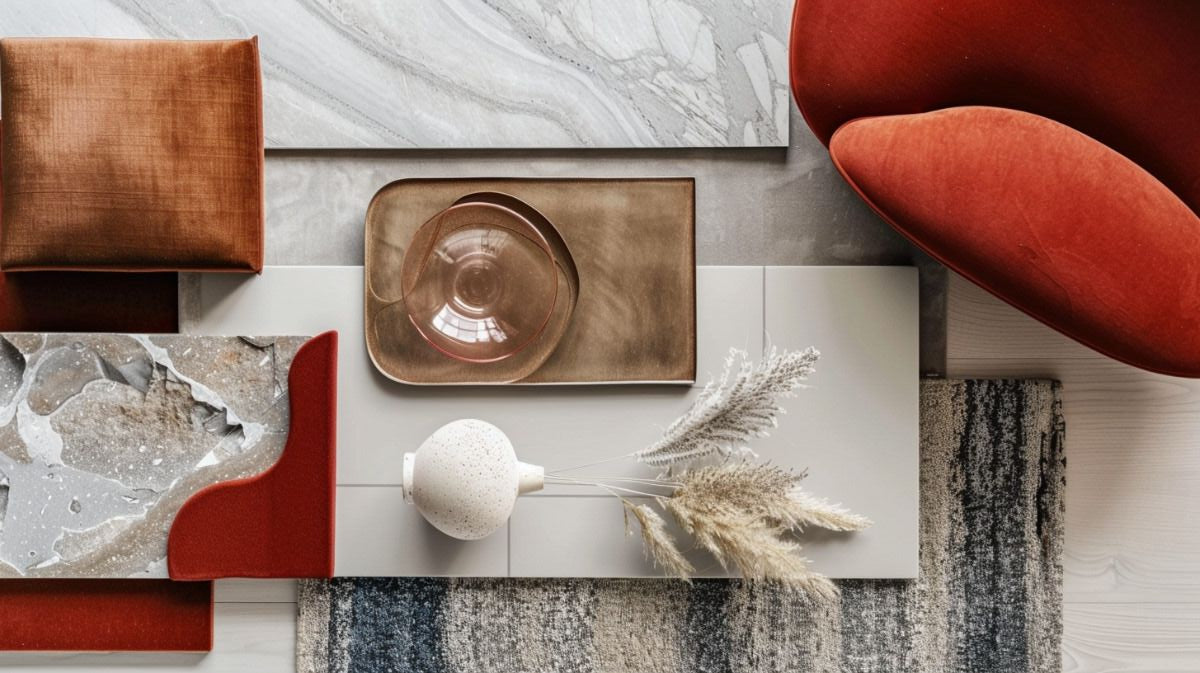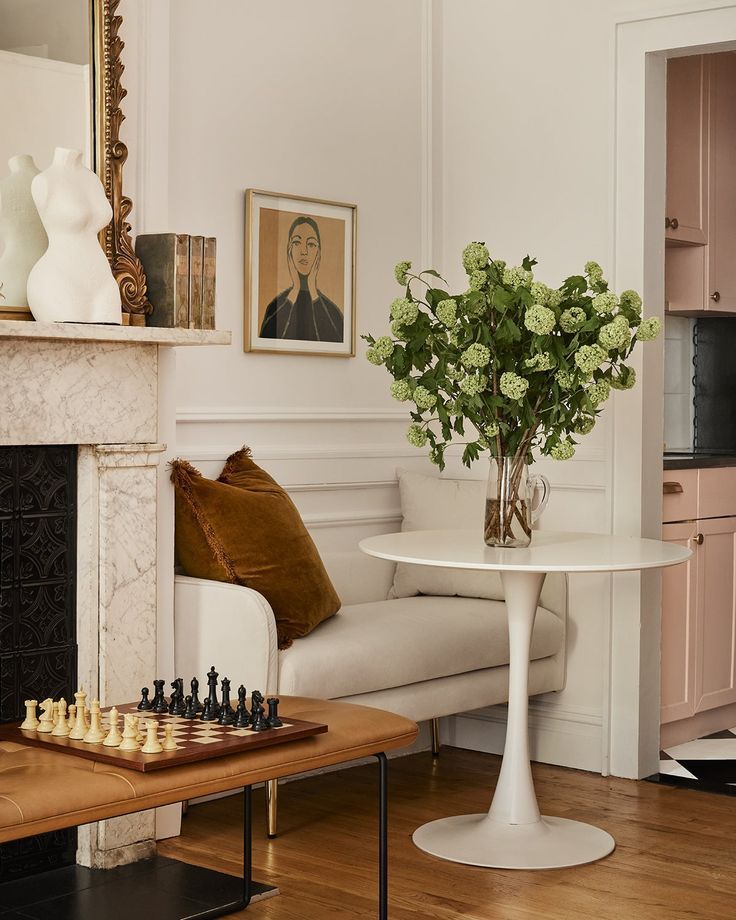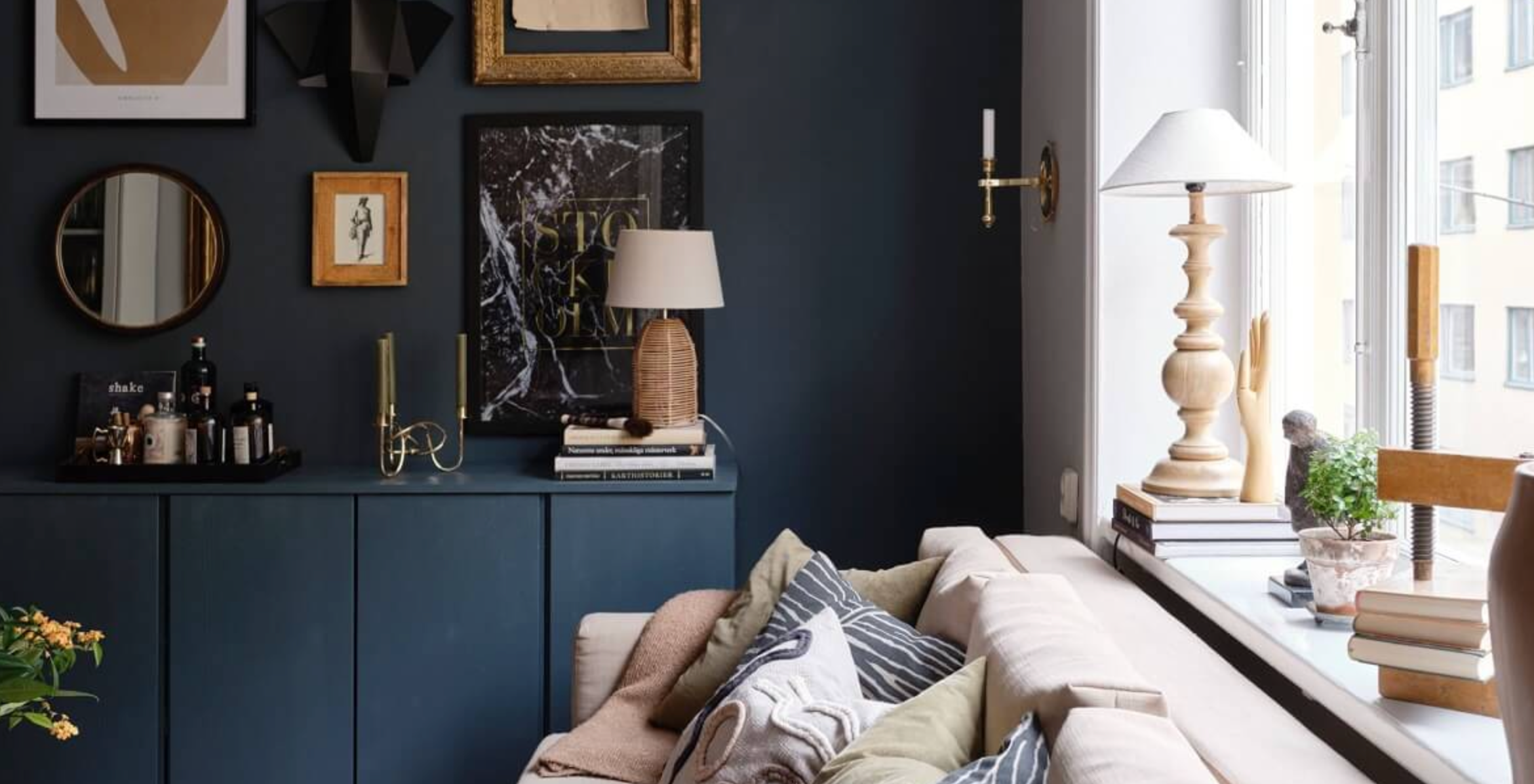How to Start Decorating a Room

Decorating a room can be an exciting yet daunting task. Whether you’re moving into a new home or simply looking to refresh your current space, the process of interior design involves several steps that can help you achieve the look and feel you desire. In this blog post, we will guide you through the essential steps to start decorating a room, from planning and inspiration to execution and final touches.
1. Define Your Style
The first step in any interior design project is to define your personal style. This will serve as the foundation for all your decorating decisions. Are you drawn to modern minimalism, rustic charm, or classic elegance? Understanding your style preferences will help you make cohesive choices throughout the decorating process.
How to Identify Your Style
- Browse Inspiration: Look through magazines, Pinterest boards, and interior design blogs to gather ideas.
- Create a Mood Board: Compile images, colors, and textures that resonate with you.
- Consider Your Lifestyle: Think about how you use the room and what kind of atmosphere you want to create.


Try making a moodboard or finishes board to put all of your ideas together and create a cohesive design. Images: Behance and Pinterest.
2. Set a Budget
Before diving into purchasing furniture and decor items, it’s crucial to set a budget. Interior design can range from affordable DIY projects to high-end luxury makeovers. Knowing how much you're willing to spend will help keep your project on track.
Tips for Budgeting
- Prioritize Needs vs. Wants: Determine which items are essential and which are optional.
- Allocate Funds Wisely: Spend more on long-lasting pieces like sofas or beds and save on accessories.
- DIY Where Possible: Consider do-it-yourself projects for unique and cost-effective solutions.
Instagram and YouTube have some great tutorials on how to DIY your next interior project.
Ikea Hack on Instagram and Caitlin De Lay has an excellent DIY blog.
3. Measure Your Space
Accurate measurements are key in interior design. Knowing the dimensions of your room will ensure that furniture fits properly and that there’s enough space for movement.
Measuring Tips
- Measure Walls and Floors: Take note of wall lengths, ceiling heights, and floor space.
- Account for Doors and Windows: Include door swings and window placements in your measurements.
- Create a Floor Plan: Use graph paper or online tools to sketch out your room’s layout.
You can use an online tool such as SketchUp to create a floor plan of your space. If you aren't confident with online drawing software, you can also sketch the plan - just make sure it's to scale.
4. Choose a Color Scheme
Color plays a significant role in setting the tone of a room. A well-chosen color scheme can enhance the overall aesthetic and create harmony within the space.
Selecting Colors
- Start with Neutrals: Use neutral colors as a base for walls or large furniture pieces.
- Add Accent Colors: Incorporate bolder hues through accessories like pillows, rugs, or artwork.
- Consider Lighting: Natural light can affect how colors appear; test paint samples at different times of day.
Make sure to order physical samples from suppliers and start creating your scheme. This will allow to look at the finishes and colors in real life to make sure that they work together.
Photos: Pinterest and Pinterest
5. Select Furniture Pieces
Furniture is one of the most important aspects of interior design. It should be both functional and stylish, complementing your overall theme while providing comfort.
Furniture Selection Tips
- Focus on Key Pieces First: Invest in essential items like sofas, beds, or dining tables before adding smaller pieces.
- Think About Scale: Ensure that furniture proportions match the size of your room.
- Mix Styles Thoughtfully: Combine different styles for an eclectic look but maintain balance by sticking to a cohesive color palette.
Try adding images of your favourite pieces of furniture to a moodboard - either physically or digitally - to see if they will work with the finishes that you have chosen.
Coffee Table: Cox & Cox and Chair: Cox & Cox
6. Add Textures and Patterns
Textures and patterns add depth and interest to any room. They can transform flat spaces into dynamic environments full of character.
Incorporating Textures & Patterns
- Layer Textiles: Use rugs, throw blankets, cushions, curtains etc., in various materials like wool, linen or velvet.
- Mix Patterns Carefully: Combine different patterns such as stripes with florals but stick within one color family for cohesion.
- Use Natural Elements: Incorporate materials like wood or stone for added texture.
Rattan or grasscloth are excellent ways to add in some natural textures.
7. Accessorize Thoughtfully
Accessories are like jewelry for your home—they complete the look by adding personality without overwhelming it if done right!
Accessorizing Tips
- Keep It Balanced: Avoid clutter by choosing fewer statement pieces rather than many small items
- Personal Touches: Display personal mementos such as photos frames , souvenirs etc., which reflect who lives there
- Seasonal Updates: Rotate accessories seasonally (like swapping out summer throws with cozy winter ones) keeping things fresh year-round
- Upgrade your hardware: a great way to add some gorgeous decorative detail is by upgrading your cabinet and drawer hardware.
Photos: Cox & Cox and The Boutique Handle Co | Roseus
Conclusion
Starting from scratch when decorating any given space may seem intimidating initially but breaking down tasks into manageable steps makes everything more approachable! By defining style preferences early-on setting realistic budgets measuring accurately choosing appropriate color schemes selecting suitable furnishings layering textures/patterns thoughtfully accessorizing mindfully anyone can achieve beautiful results reflecting their unique tastes/lifestyles! Happy Decorating!













Comments